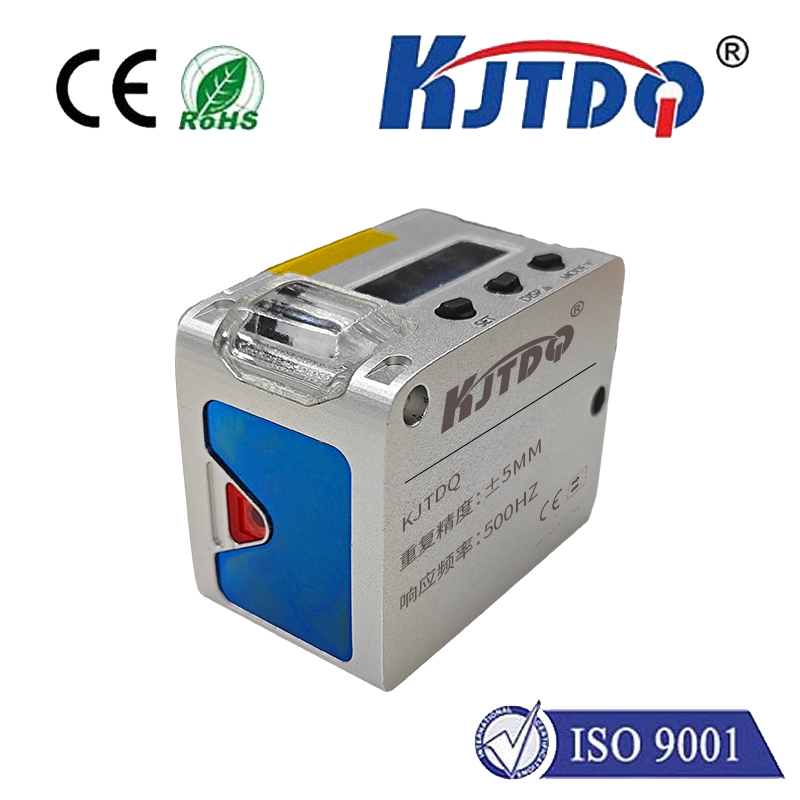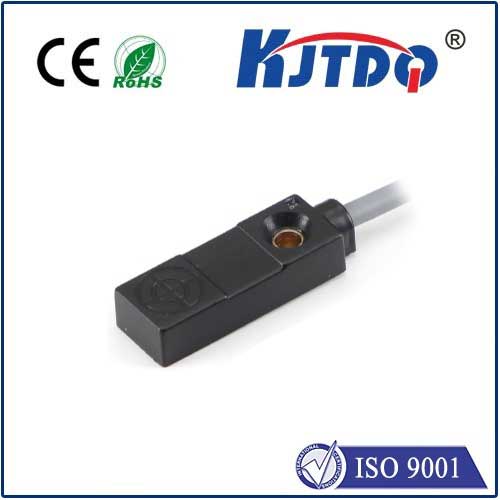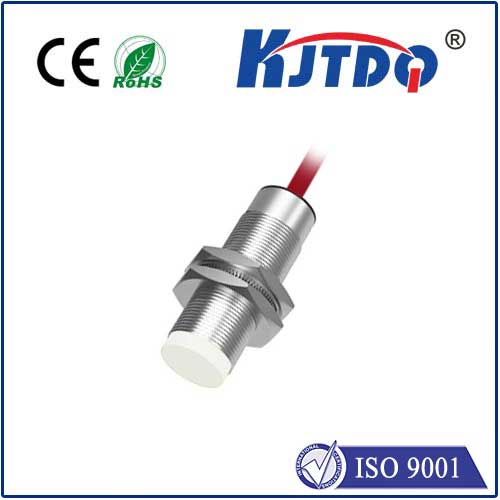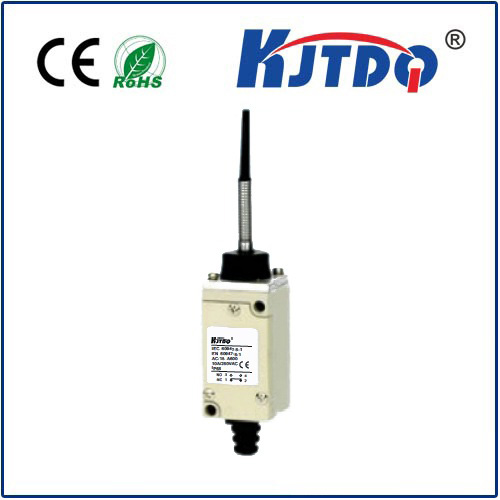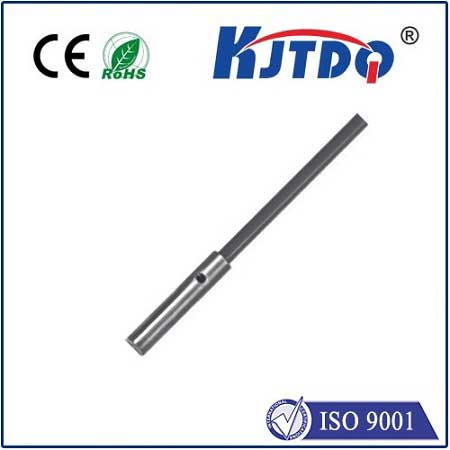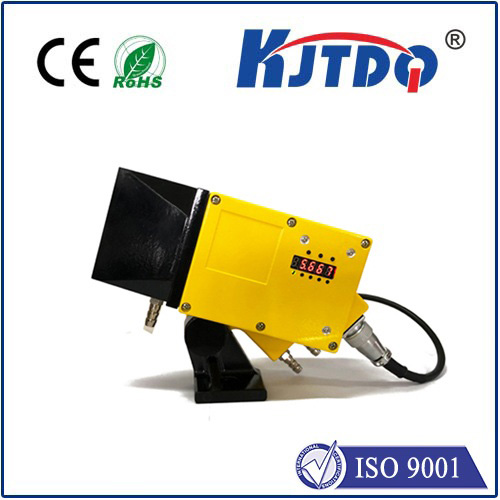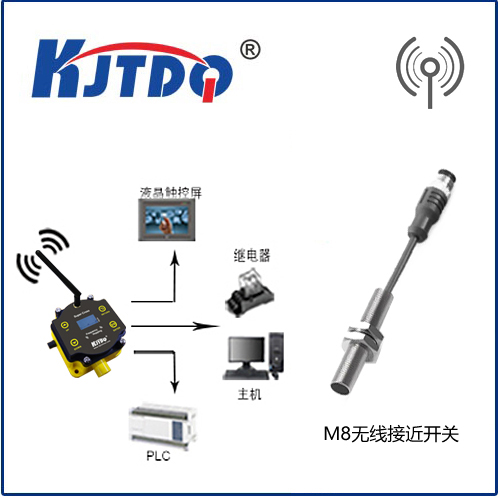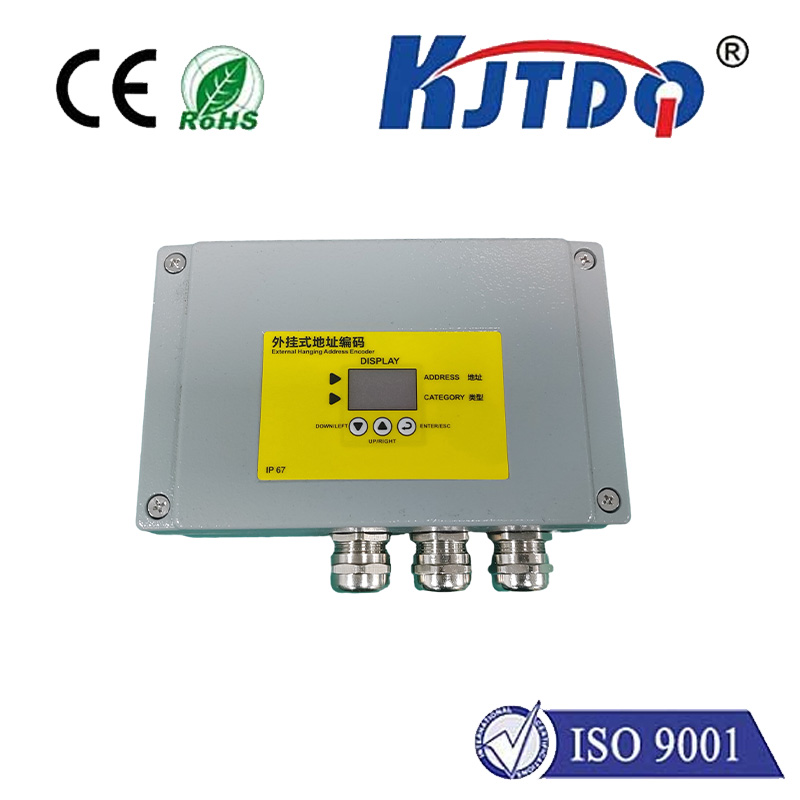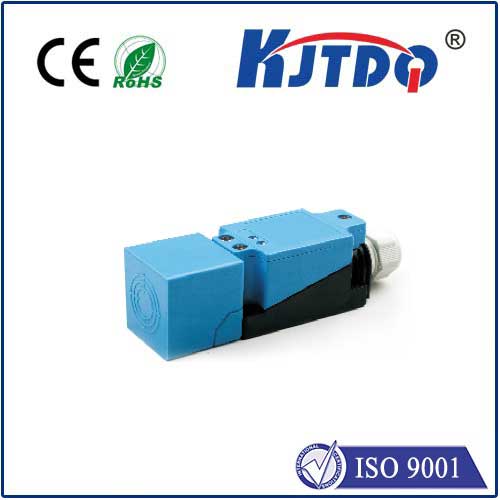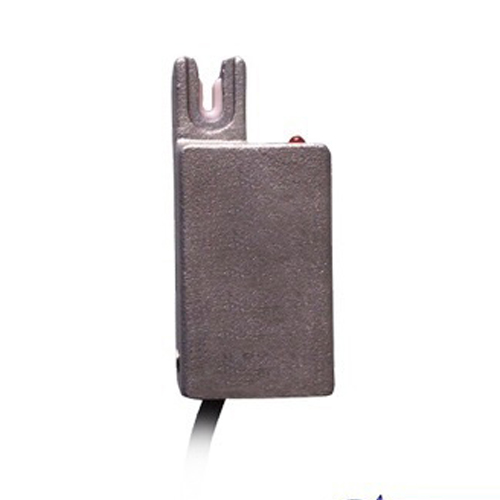

check

check

check

check

check

check

check

check

check

check

Title: Revolutionizing Detection with Laser Photo Sensors In an era where technology is advancing at a breakneck speed, the importance of reliable and efficient sensors cannot be overstated. At the forefront of this revolution are laser photo sensors, ingeniously designed devices that have reshaped how we interact with our environment. These sensors harness the precision and power of laser light to detect, measure, and analyze a myriad of parameters with unparalleled accuracy and speed. Understanding Laser Photo Sensors Laser photo sensors operate on the principle of illuminating an object or environment with a laser beam and then capturing the reflected light to glean various types of information. This can include distance measurements, movement detection, color recognition, and even chemical composition analysis. The beauty of these versatile tools lies in their adaptability; they can be engineered for a wide array of applications, from industrial automation to healthcare diagnostics. Cutting-Edge Applications in Industry In the world of manufacturing and production, laser photo sensors serve as critical components in ensuring precision and efficiency. They enable the creation of smart factories where every cog in the machinery is monitored and optimized in real-time. For instance, laser sensors can guide robotic arms with pinpoint accuracy, facilitating the assembly of complex products or the inspection of quality control with fail-proof consistency. Furthermore, these devices play a crucial role in level measurement systems, making sure that materials like liquids or powders are precisely measured for processes involving chemical reactions or construction. Innovations in Healthcare and Safety Beyond industrial applications, laser photo sensors are making waves in healthcare by offering non-invasive methods for diagnostic procedures. They can assist in everything from monitoring blood glucose levels to detecting early signs of diseases through analysis of cellular changes. Safety mechanisms across various sectors also benefit significantly, as seen in automotive technologies where laser sensors help prevent collisions by detecting obstacles or in security systems that use laser grids to protect valuable assets from intrusion. The Future of Laser Photo Sensors As research and development continue to push boundaries, the potential uses for laser photo sensors seem limitless. Future advancements could see them becoming even more integral to our daily lives—embedded in smart homes to manage energy consumption based on occupancy patterns or integrated into clothing to monitor health metrics. Scientists are even exploring the possibilities of using laser sensors for environmental monitoring, helping us better understand climate change by tracking atmospheric conditions with high precision. In conclusion, laser photo sensors represent a leap forward in sensing technology, opening new pathways for innovation across multiple industries. As we stand on the brink of the next technological evolution, one thing is certain: the impactful role of laser photo sensors is only set to grow, driving progress and enhancing the way we live and work in profound ways.
